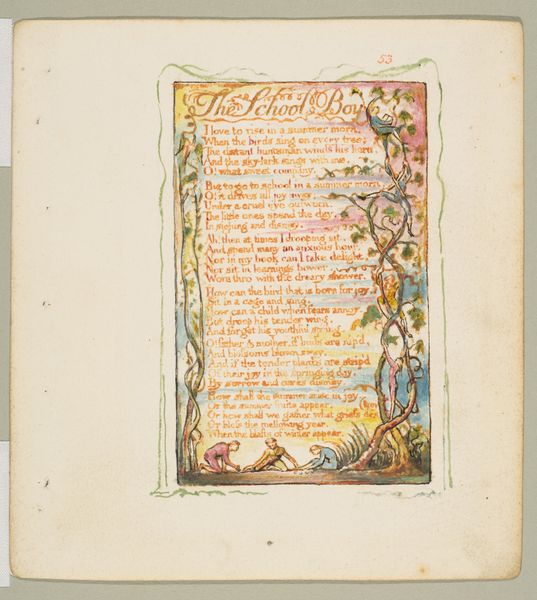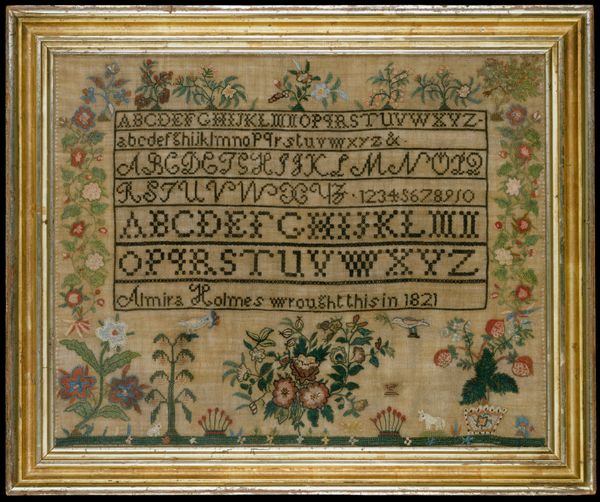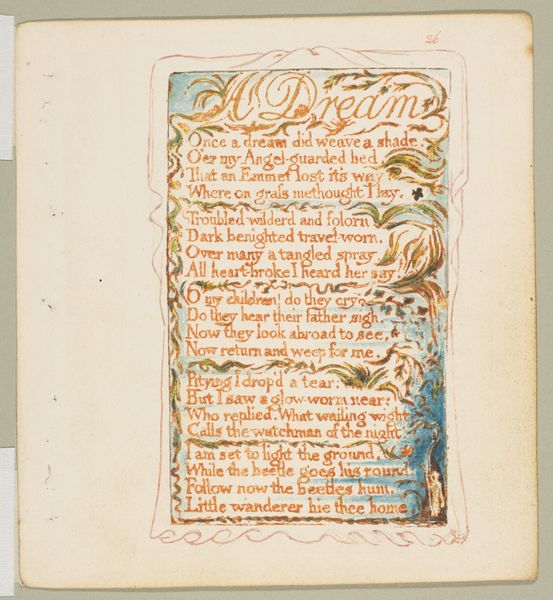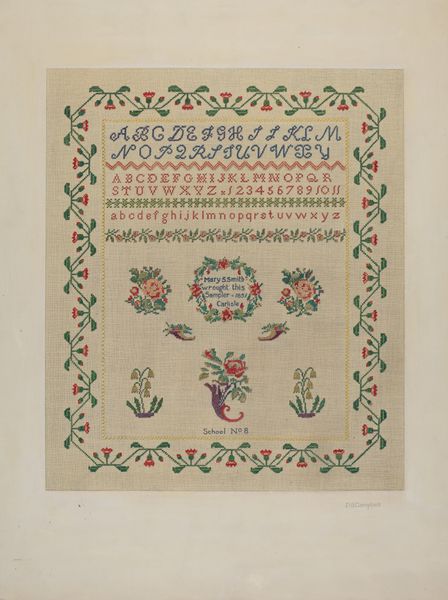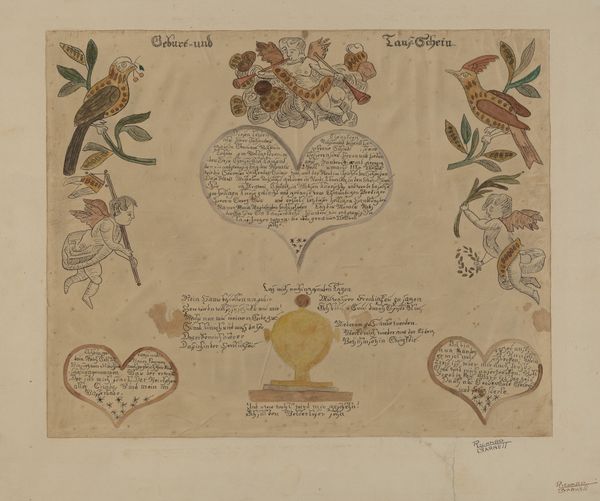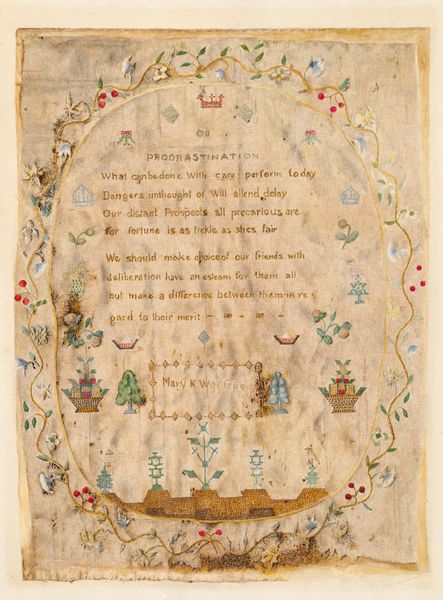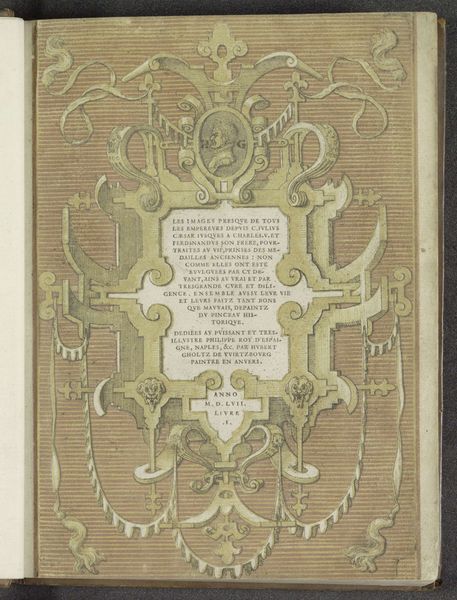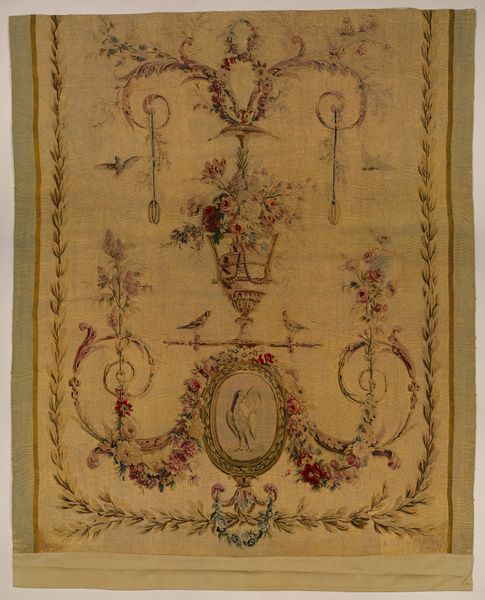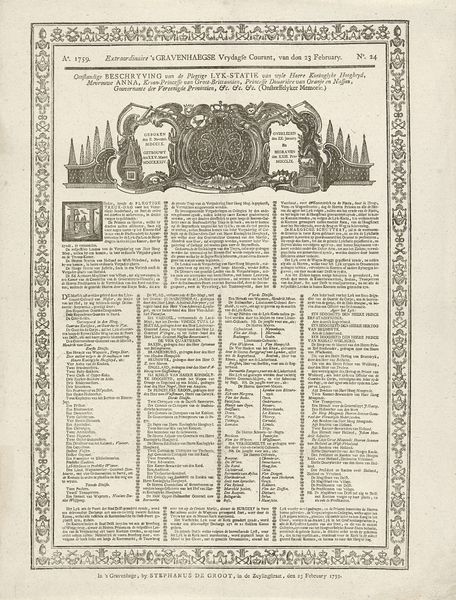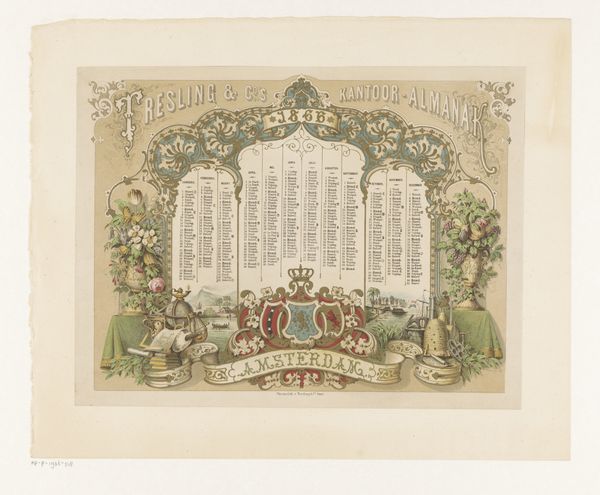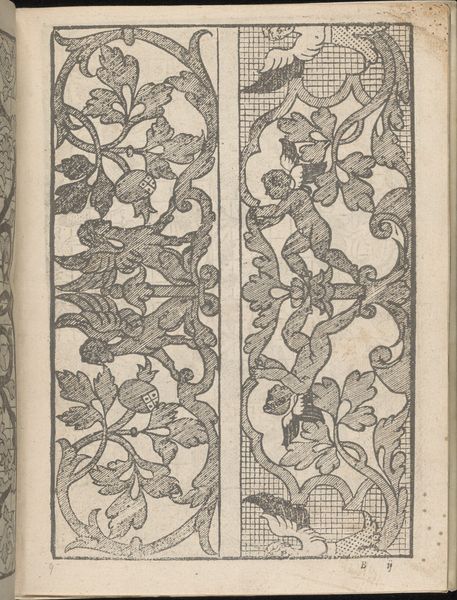
drawing, print, etching, paper, engraving
#
drawing
#
organic
# print
#
etching
#
paper
#
organic pattern
#
decorative-art
#
engraving
Dimensions: 575 × 455 mm (image); 595 × 465 mm (sheet)
Copyright: Public Domain
Curator: Look at this page, a Title Page from "Twelve Months of Flowers". It’s an etching and engraving, likely from the late 18th century, and currently held at The Art Institute of Chicago. Editor: The first thing that strikes me is how this functions visually. The central grid of text is completely overwhelmed and yet contained by this elaborate floral border; the combination creates such an interesting tension. Curator: Absolutely. I find myself pondering the production involved. Consider the paper, the ink, the engraver's skill—a confluence of material and labor brought into being this… what shall we call it? Not quite a functional document, but a decorated roster of names. The “Subscribers.” Editor: It speaks volumes about status, doesn’t it? Displaying wealth via botanical knowledge. Notice the carefully arranged flora, an almost performative naturalism that says so much about colonial aspirations. We see the subscribers' names framed by images of exoticized plants, underscoring themes of collection, appropriation, and commodification. Curator: Precisely! Each flower itself probably demanded specific inks and printing processes. It makes you wonder: how many hands worked to create each individual print, and under what conditions? The socio-economic realities behind these supposedly neutral aesthetics… Editor: Yes! It’s critical to remember that those material processes involve specific social relationships. Someone cultivated these blooms. Someone else drafted the image, mixed the inks, pulled the press. It’s so important to understand how power operated when examining artistic labor. Who was included? Who was omitted? And what ideologies underpinned it all? Curator: Even the paper itself speaks of access and trade routes. These floral prints and their method are definitely tethered to social, economic and political systems and highlight questions around privilege and accessibility within artistic patronage in the 1700s. Editor: What a fascinating and complicated way to both advertise and participate in an economy of artistic creation and the circulation of nature’s images! Curator: Indeed, the making of this, and the lives impacted by it, are definitely more fascinating than I thought at first glance. Editor: Absolutely, it urges us to examine history, politics, identity and art with nuance, pushing toward a better, fuller understanding.
Comments
No comments
Be the first to comment and join the conversation on the ultimate creative platform.
